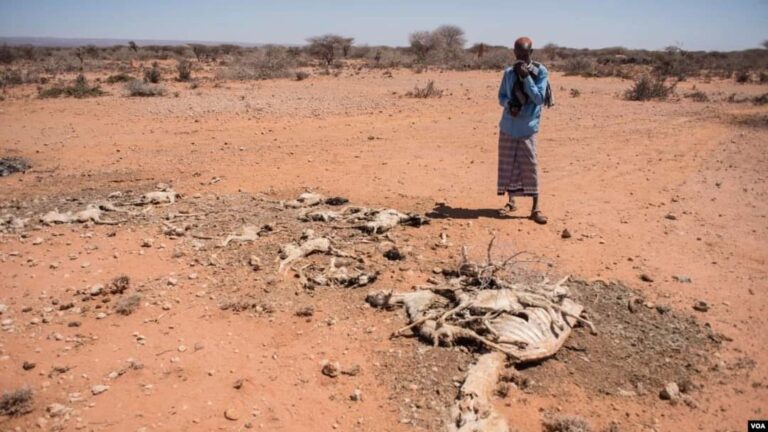
Since October 2021, Somalia has been experiencing an unprecedented drought, the result of five consecutive seasons with below-average rainfall, affecting a population that is largely dependent on agriculture and pastoralism. At least 3.5 million livestock have died, and an estimated 1.4 million people have been displaced.
This study, conducted by the World Bank and UNHCR in 2021 and 2022, found that:
- Nine out of ten displaced and host community households reported that they were affected by the drought.
- Food insecurity was dire. 50 percent of households experienced moderate and severe hunger. This was particularly serious among refugees and Internally Displaced Persons (IDPs) living in camps.
- The most widespread impact of the drought is the loss of livestock. 40 percent of those who had lost livestock reported severe or complete destruction of their herds.
- 64 percent of hosts have abandoned farming, which could increase the internal displacement crisis.
- Less than 40 percent of affected households received any drought-related assistance.
The World Bank (WB) in collaboration with the United Nations High Commissioner for Refugees (UNHCR), the National Bureau of Statistics (NBS) in Somalia and the World Bank-UNHCR Joint Data Center on Forced Displacement (JDC) conducted a high-frequency phone-based survey (HFPS). The first round of the survey was conducted between November 2021 and March 2022 and second round was conducted in July-August 2022. The sample consists of about 500 households from host communities, IDPs living in camps, IDPs living outside camps, refugees, and refugee returnees.



